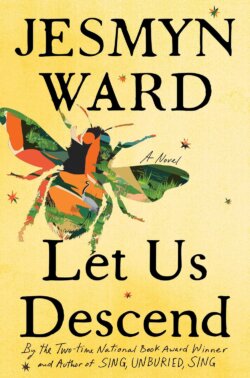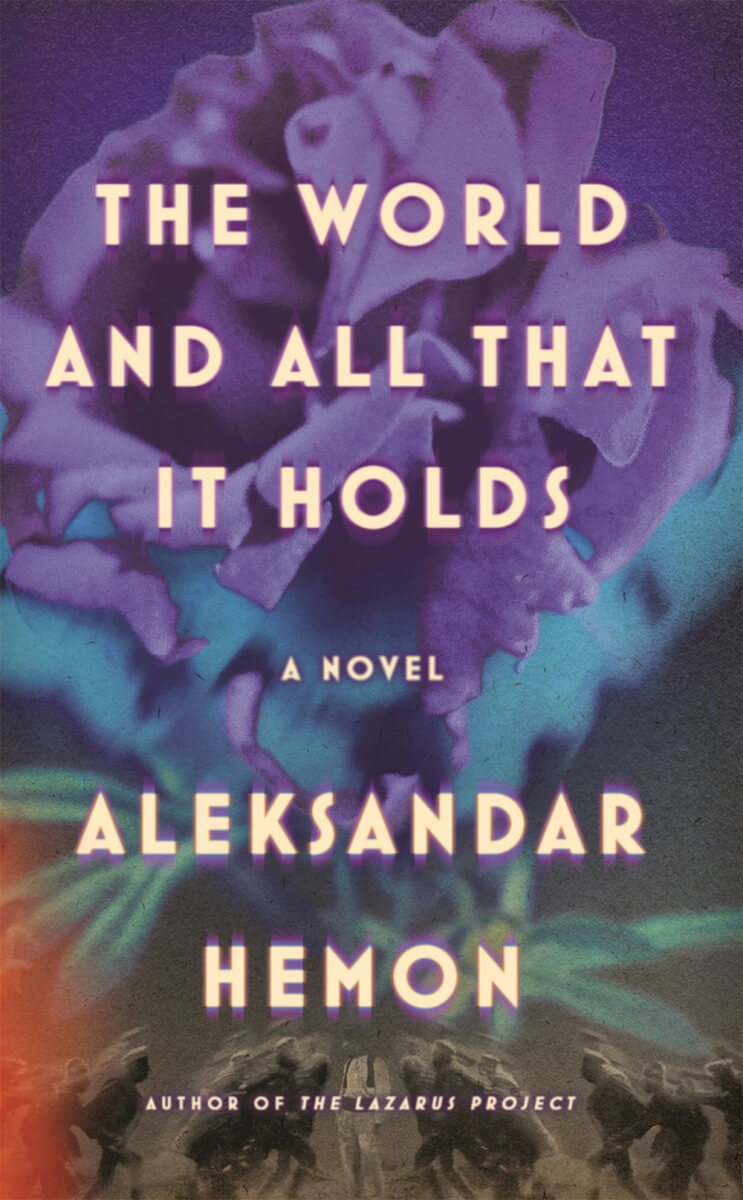The Liberators explores themes of intergenerational trauma, reconciliation and forgiveness, both at an individual level and at a national one. These are topics you also delved into in your memoir, The Magical Language of Others. How do you view the two books in relation to one another?
Thank you for bringing to light the connection between The Liberators and The Magical Language of Others. There is a spider’s web hanging between the books that one can pass through without ever breaking the line. Just as the memoir makes the novel possible, the novel seems to offer new perspectives to the memoir—to deepen the conversation of human history, a lineage of atrocity and reparation. In The Liberators, Robert says, “Sometimes your past smiles at you. Other times your past points a gun at you.”
You recently worked as a writer on the television adaptation of Min Jin Lee’s Pachinko. For most authors, writing is a fairly solitary experience, so what was it like for you to be in a writers’ room where you were part of a team? Was there anything you learned during that process that you brought to writing The Liberators?
The notion of table setting, from my doctoral work, became a part of the writers room. Table setting is a way to hold many opposing ideas at once: You can set the table with your ideas but you cannot take off another person’s setting. So one may sit across from another with whom they disagree, with a willingness to watch what the settings would do on their own. This willingness is rooted in not what one has set on the table but what could be discovered. Extending the table, we extend ourselves—and together we can reckon with even the things we cannot change. This way of holding opposing ideas became a part of The Liberators.
“Through different perspectives across culture, geography and generations, I hope to continue investigating our collected memory as a braid of our humanity.”
You have translated other poets’ poems from Korean into English, but so far, your own works have only been published in English. How does your translation work inform your writing process?
The Liberators will be my first work to be translated from English to Korean, and I won’t be translating it myself. Alongside readers, I will experience the sentences take on another shape and sound. Translation bridges histories between languages, nations and cultures. Translators like Don Mee Choi, Anton Hur and Sora Kim-Russell use translation to create pathways toward unsettled truths about imperialism and colonialism and militarism. In a way, my work as a writer wouldn’t be possible without me first understanding my work as a translator.
One interesting feature of The Liberators is that it is told through myriad perspectives over the course of nearly 40 years. What made you choose a multi-narrator approach?
Elizabeth Rosner writes in Survivor Café: The Legacy of Trauma and the Labyrinth of Memory, “We are all responsible to continue unraveling and at the same time underscoring this tenacious human lineage of destruction and restoration.” Nona Fernández’s novel The Twilight Zone is another book that collects the memories of perpetrators and victims, of prisoners and liberators. Through different perspectives across culture, geography and generations, I hope to continue investigating our collected memory as a braid of our humanity.
Food plays an important part in The Liberators. One dish in particular, mulnaengmyeon (cold noodles in chilled broth) is at the center of an especially moving passage. Are there any other food moments in the novel that stand out for you?
After reading my novel, my advisor Shawn Wong at the University of Washington, gave me such a compliment by asking where he could have mulnaengmyeon. Food crosses boundaries and borders—real and imaginary. A moment I love is when Insuk, upon meeting her daughter-in-law, feeds her constantly. Insuk changes in such a way that her heart takes on the shape of a spoon.
“I asked how . . . we recognize the dead, and how the dead recognize us. This is the place from which the book began to take shape.”
In addition to the personal storylines, historical events act as catalysts and propel the narrative. What kind of research did you do when it came to plotting the book and how did you approach balancing the historical with the fictional?
The first lines of the novel came out of my doctoral research in trauma across Korean American literature, history and film. At the same time, I was completing my memoir and the script for “Pachinko.” In the translator’s note to South Korean poet Kim Hyesoon’s collection, Autobiography of Death, translator Don Mee Choi defines autobiography as “an autotestimony and autoceremony that reenacts trauma and narrates our historical death—how we have died and how we remain living within the structure of death.” I asked how, beyond research and writing, we recognize the dead, and how the dead recognize us. This is the place from which the book began to take shape.
You recently completed your PhD in English Literature with a focus on Korean American literature, history and film. Can you recommend some books by Korean and Korean American authors that our readers may not be familiar with but should consider checking out?
Dictee by Theresa Hak Kyung Cha, The Future of Silence: Fiction by Korean Women translated by Ju-Chan Fulton and Bruce Fulton, Grass by Keum Suk Gendry-Kim translated by Janet Hong, Memories of My Ghost Brother by Heinz Insu Fenkl, DMZ Colony by Don Mee Choi, How I Became a North Korean by Krys Lee, Autobiography of Death by Kim Hyesoon translated by Don Mee Choi, Cursed Bunny by Bora Chung translated by Anton Hur, I Hear Your Voice by Young-ha Kim translated by Krys Lee, and many works without whom neither this novel nor I myself could have existed.
Readers might be surprised to discover that in the last year you have set yourself a goal of writing 1000 love letters to strangers. Tell us how this project came about and what it means to you.
In 2016, I was heartbroken over my work and decided to give up writing. But I put out a call online: I would write 1000 love letters to strangers. The next day I found [I had received] requests from all over the world. For me, what I longed for through words was human connection. By some magic, I was able to complete a poetry book and memoir, and now I’m so grateful to share this novel.
With a PhD completed, a new novel out and 400 love letters to go, what will you do next?
It feels impossible to show the full extent of my gratitude to those who have helped me along the way—my teachers and colleagues: Susan E. Davis, Greg McClure, Greg November, Don Mee Choi, Shawn Wong, Paul Lisicky, Krys Lee, Rowan Hisayo Buchanan, Matthew Salesses, Tayari Jones, Marci Calabretta Cancio-Bello, Crystal Hana Kim, Emily Jungmin Yoon, David Krolikoski, Joseph Han, Ed Park, Jimin Han, Jang Wook Huh, Esther Ra, Elizabeth Rosner, Brian Reed, Timothy Donnelly, Eamon Grennan, Mark Strand and so many more. A part of that gratitude I hope to show by helping others who may feel the weight of loss and may need the reminder that, no matter what, you must not give up hope, because the sun shines on every wreckage and every place on earth, on everyone and on you.
Read our starred review of The Liberators.






















































